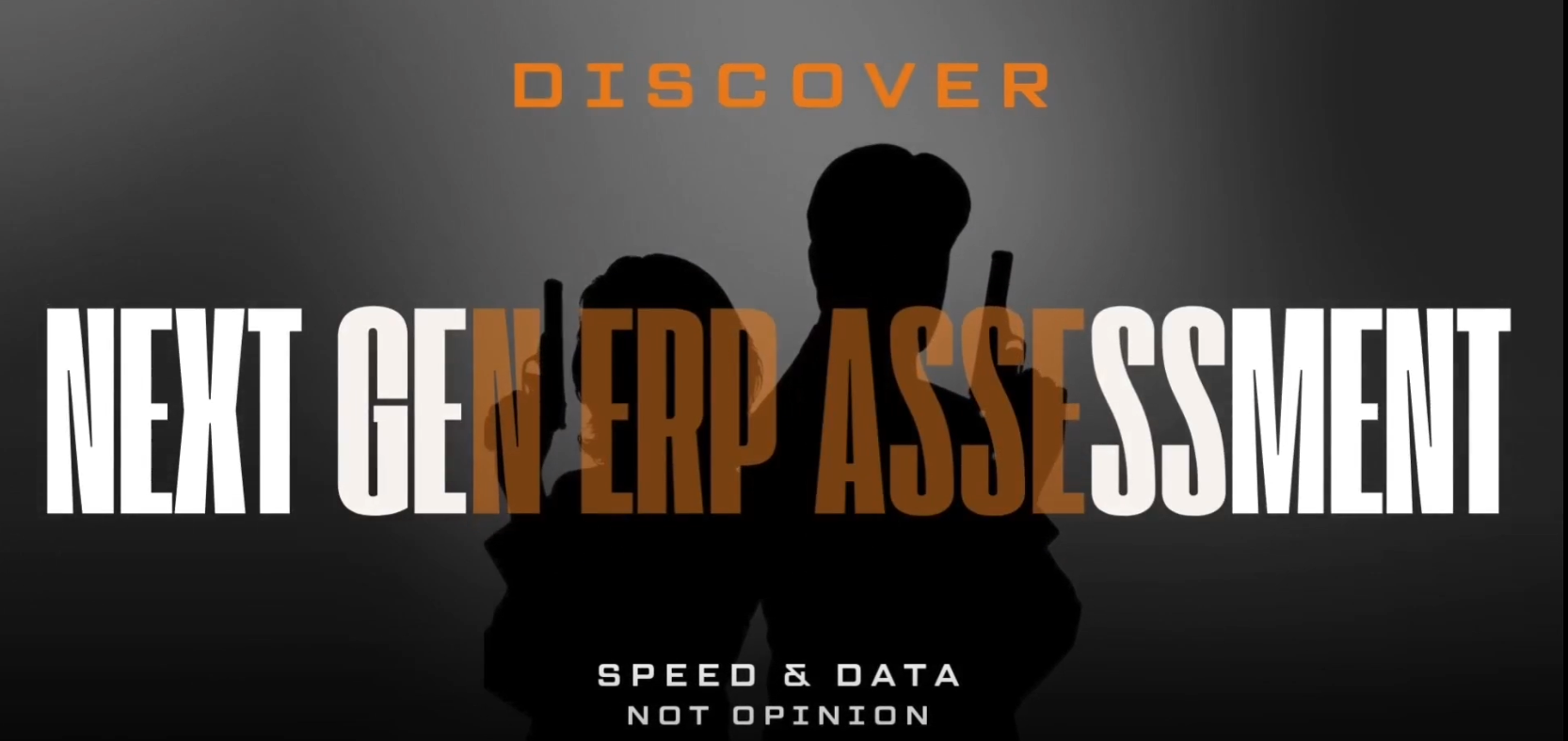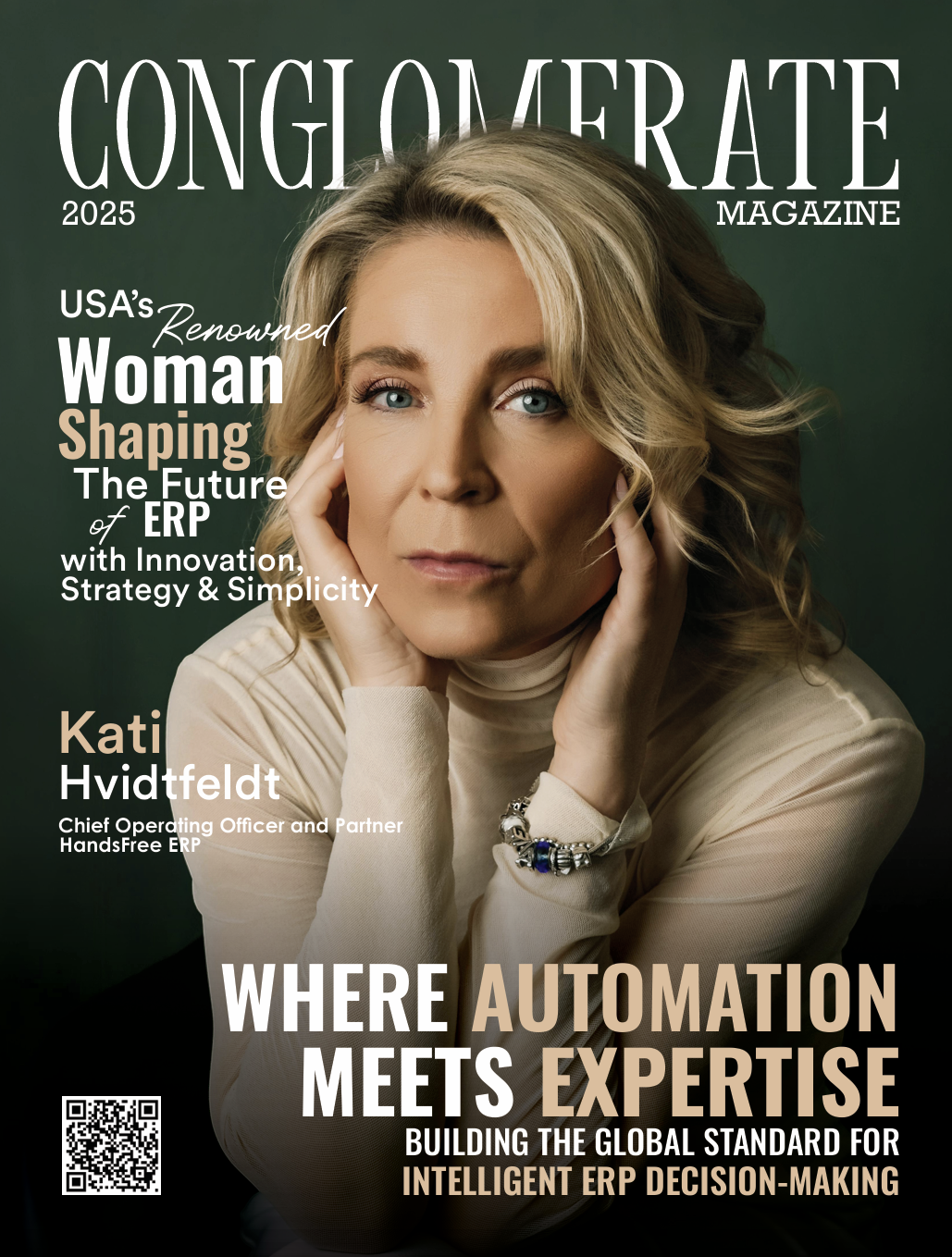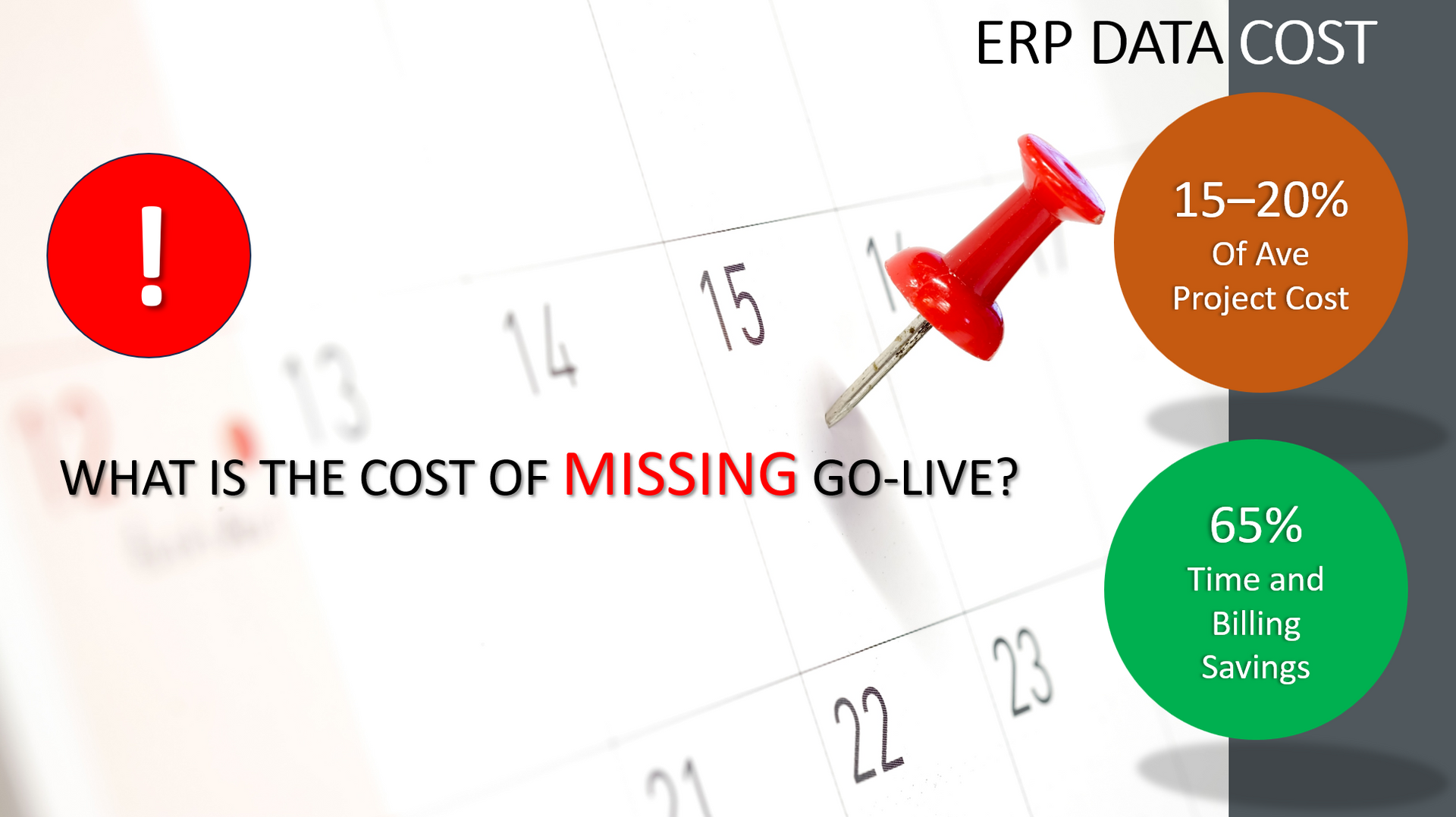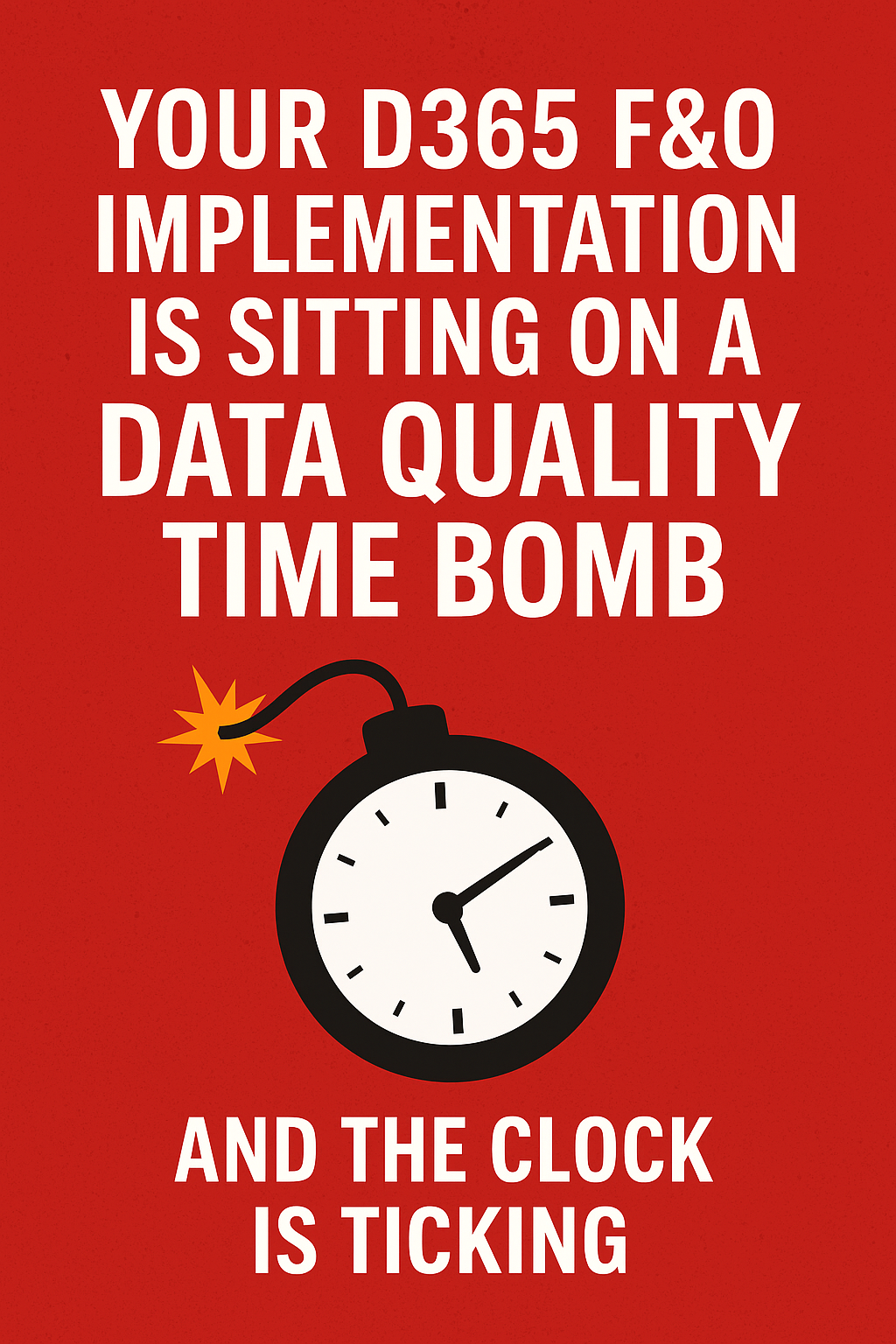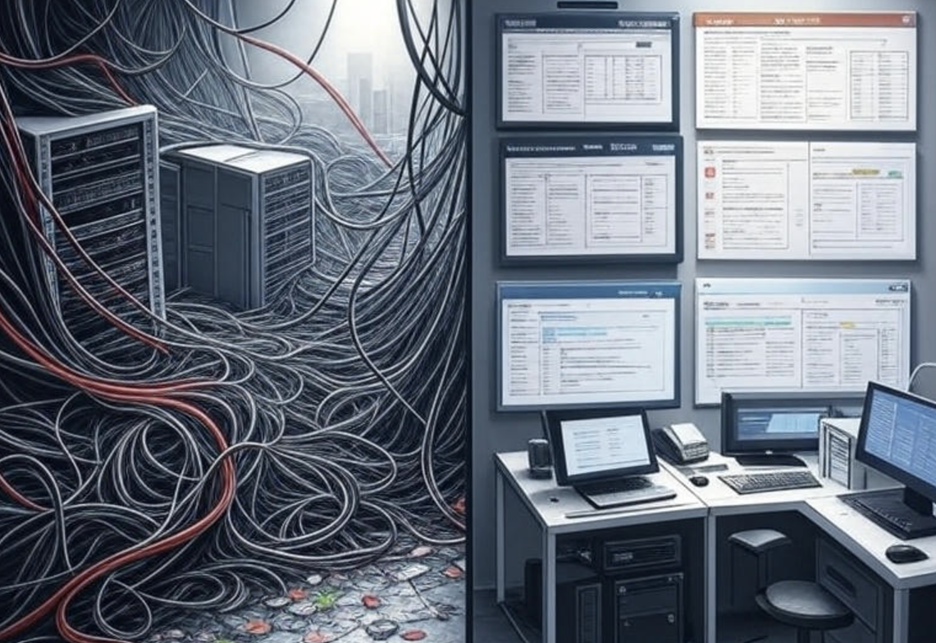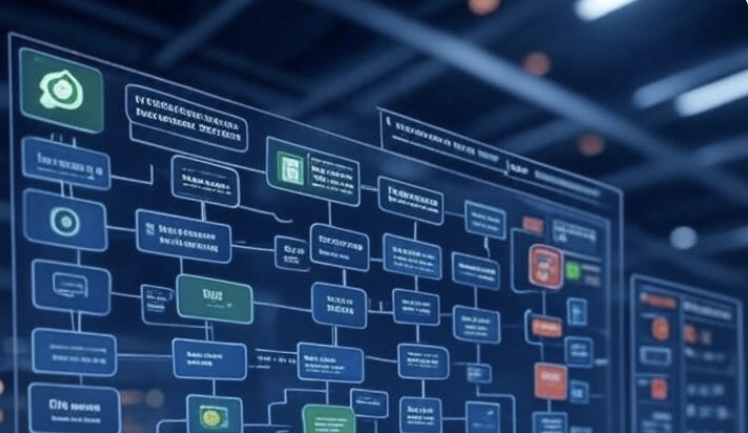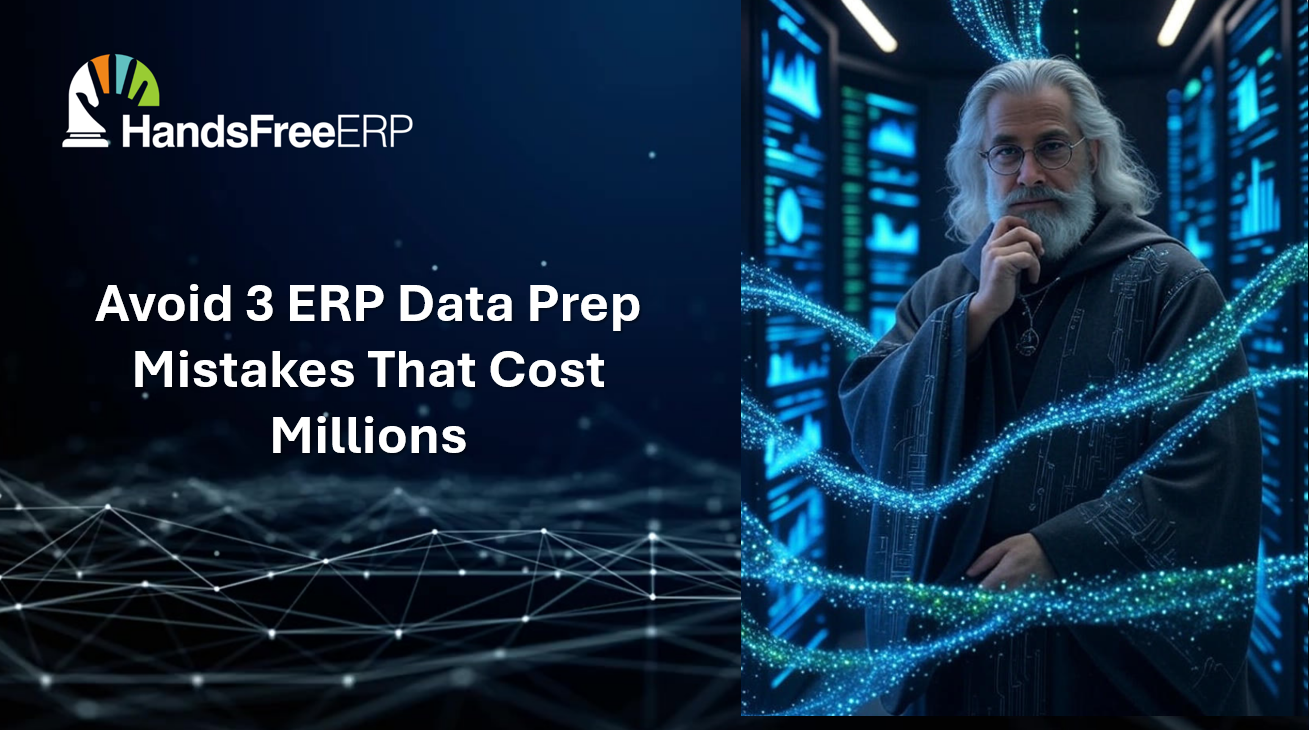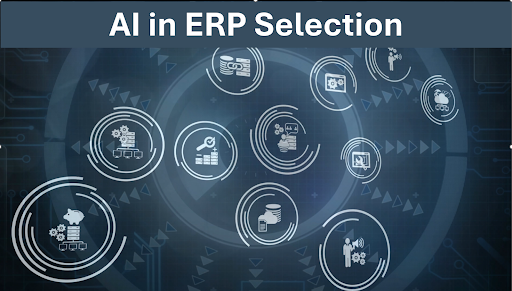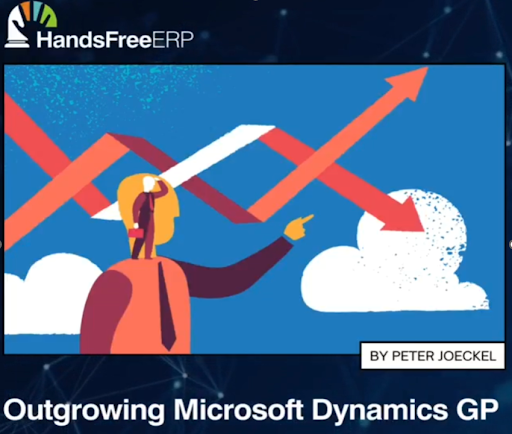Mastering ERP Selection: The Secret to Successful Projects
Two Views of Your Requirements!

Starting an ERP project can feel like embarking on a grand adventure. To ensure your journey is smooth and successful, two critical elements must be in place: a controlled software demo process and a thorough, efficient requirements gathering process. Let's explore how these elements can set your ERP project up for success and how our innovative tool can revolutionize your approach.
The Importance of Controlled Software Demos
A controlled software demo process ensures that what you see is what you get. It prevents overly exuberant and unrealistic presentations that can lead to disappointment down the line. By keeping demos grounded in reality, you can make more informed decisions about the software's capabilities and fit for your business.
Efficient Requirements Gathering
Gathering requirements is often a time-consuming and expensive process, traditionally involving weeks or months and significant financial investment. However, our online requirements gathering tool turns this process on its head. With a user-friendly interface, it allows you to quickly and efficiently gather comprehensive requirements, saving time and money.
The Power of Modular and Process Views
Our tool offers a unique advantage: the ability to view requirements in both modular and business process formats. This dual perspective is particularly beneficial for companies transitioning from mid-market, on-premise software like Great Plains, NAV, or AX.
- Modular View: This familiar format organizes requirements by software modules, such as general ledger, accounts payable, and inventory. It's a comfortable starting point for many businesses.
- Business Process View: Once requirements are gathered in the modular view, we can easily switch to a business process view. This perspective aligns with enterprise-level thinking and often reveals additional requirements that might have been overlooked initially.
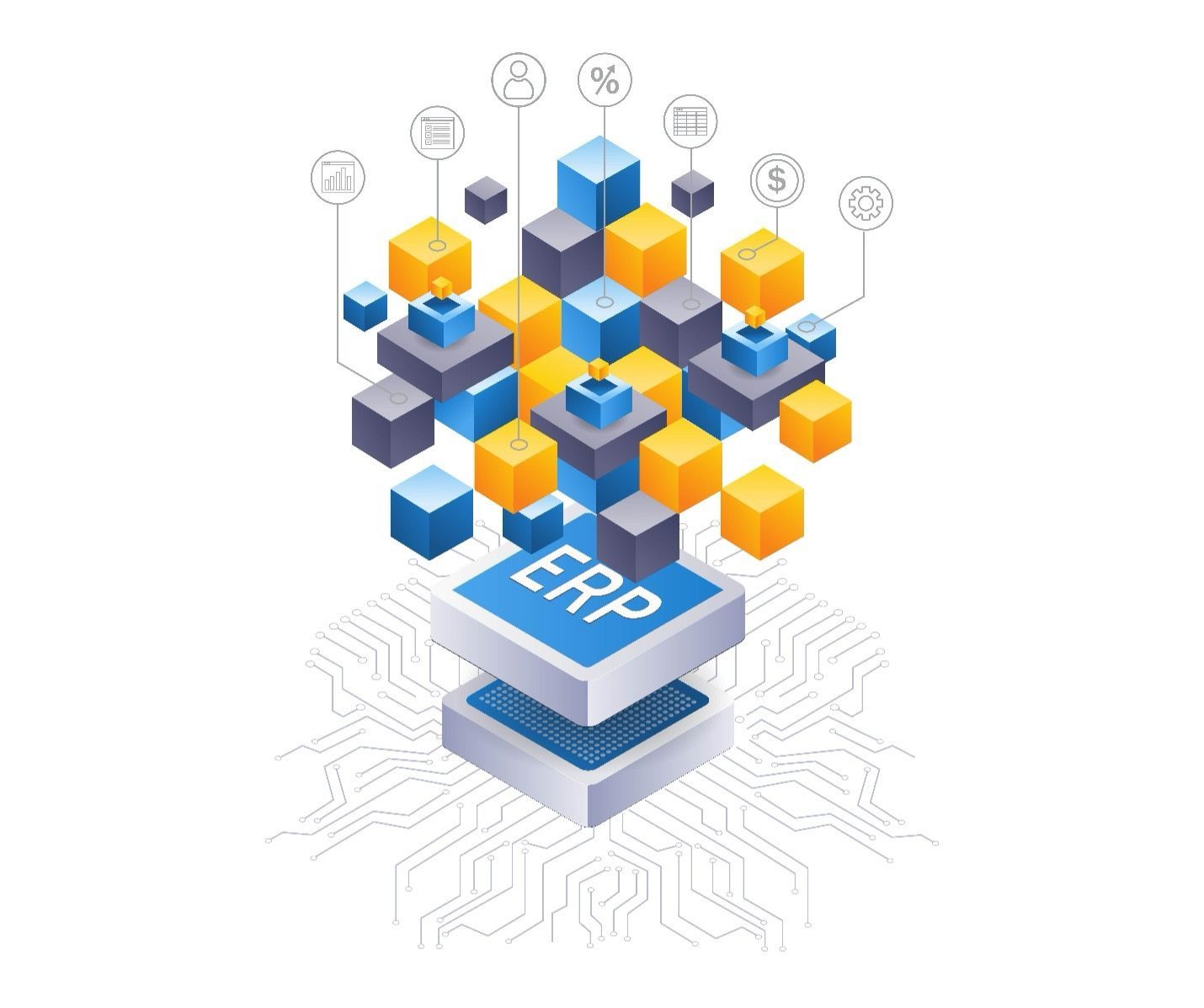
The Lightbulb Moment
Switching from a modular to a business process view often triggers "lightbulb moments" for our clients. They gain new insights into their requirements, identifying gaps and additional needs that were not apparent before. This comprehensive understanding is crucial for a successful ERP implementation.
Why Traditional Methods Fall Short
Traditional methods using Word documents or Excel spreadsheets lack the flexibility to switch views and capture these additional insights. Our tool's ability to provide alternative perspectives ensures no requirement is missed, leading to a more accurate and complete requirements analysis.
Conclusion
For your next ERP implementation project, leverage our innovative requirements gathering tool to ensure a thorough and efficient process. By controlling software demos and capturing requirements from multiple perspectives, you can set your project up for success, saving time, money, and avoiding common pitfalls.
HandsFree ERP is dedicated to supporting clients with their ERP initiatives, enabling companies to seamlessly connect users with their ERP partners. By utilizing skilled professionals, streamlined processes, and cutting-edge tools, HandsFree ERP significantly boosts the success rates of ERP projects.



